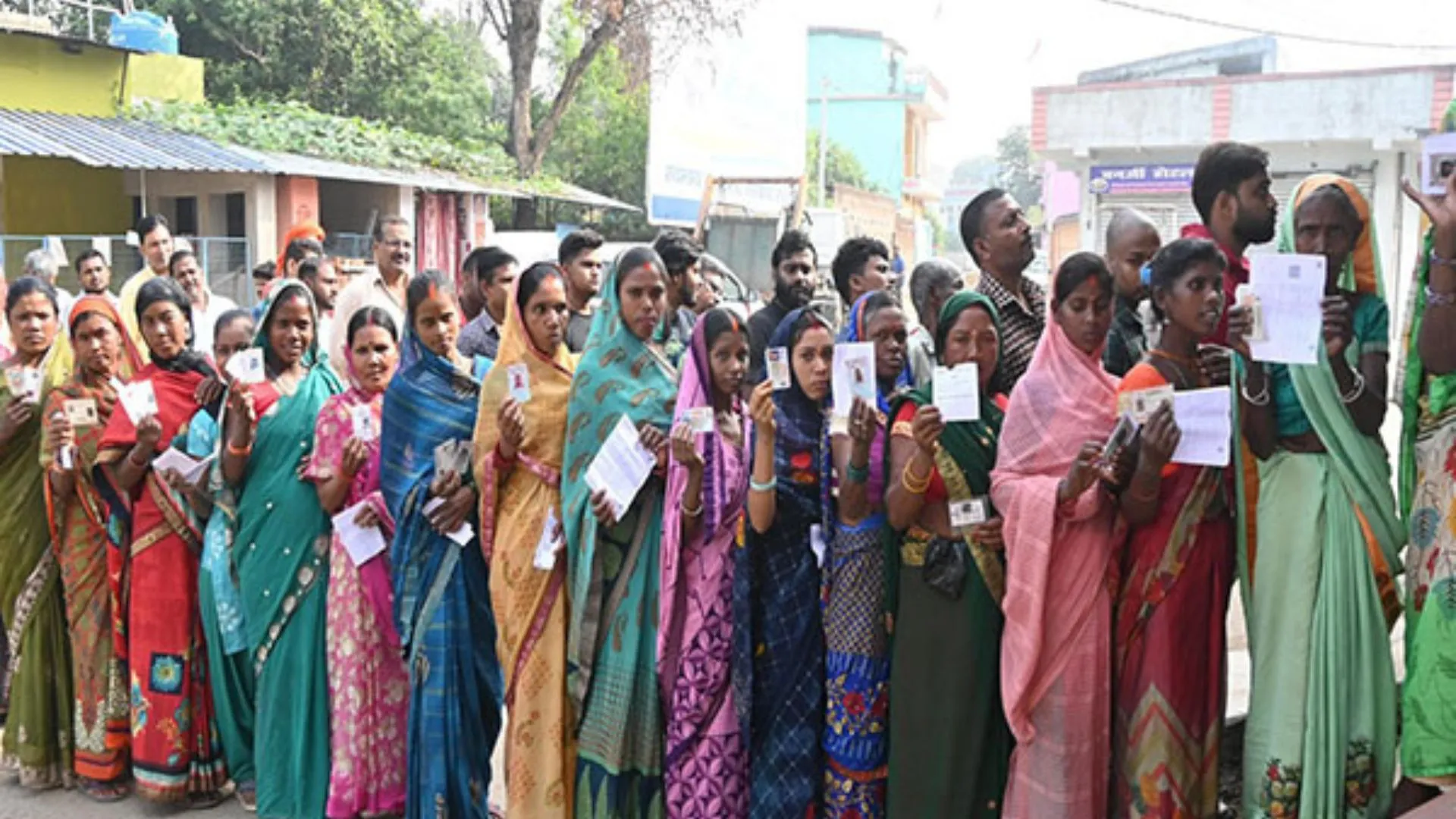Authorities in Bangladesh are grappling with the aftermath of severe flooding that has claimed at least 54 lives and left millions stranded. As the floodwaters slowly recede, the country is confronting the urgent need for clean drinking water and medical assistance. The devastation has rendered many areas inaccessible due to blocked roads, further complicating rescue and relief operations.
Struggling with Waterborne Diseases
The Bangladesh Meteorological Department has warned that the flood situation could persist if monsoon rains continue, given the slow rate of water level reduction. With approximately 470,000 individuals seeking refuge in 3,300 shelters across 11 flood-affected districts, the risk of a waterborne disease outbreak looms large. The disaster management ministry has highlighted the critical need for safe drinking water to prevent such an epidemic.
“Our top priority is to ensure the availability of safe drinking water,” said a disaster management ministry official. The urgency is underscored by the recent hospitalization of around 3,000 people due to waterborne diseases in the affected areas, according to the Directorate General of Health Services. Many regions remain submerged, hindering access to healthcare services.
“Water is everywhere but there is no clean water to drink. People are getting sick,” said Farid Ahmed, a resident of Lakshmipur, one of the hardest-hit districts.
Impact on Agriculture and Infrastructure
The extensive flooding has also severely affected agriculture, with vast areas of land submerged, threatening crops and farmland. Officials from the agriculture ministry have expressed concern about the long-term impact on the nation’s food supply.
Children at Risk
The U.N. children’s agency has raised alarms about the plight of children amid the floods, with an estimated two million children at risk. UNICEF is urgently seeking $35 million to provide life-saving supplies to those affected. Emma Brigham, Deputy Representative of UNICEF Bangladesh, emphasized the grave consequences of the floods on children, stating, “The devastating floods in eastern Bangladesh are a tragic reminder of the relentless impact of extreme weather events and the climate crisis on children.”
Climate Change and Future Vulnerabilities
An analysis by the World Bank Institute in 2015 estimated that 3.5 million people in Bangladesh are at risk of annual river flooding, a situation exacerbated by climate change. Farah Kabir, director of ActionAid Bangladesh, stressed the need for international support to help Bangladesh recover from climate-induced losses and build resilience. “Countries like Bangladesh, which contribute minimally to global emissions, urgently need funding to recover from climate-related losses and build resilience for future impacts while pursuing green development pathways,” Kabir said.

















